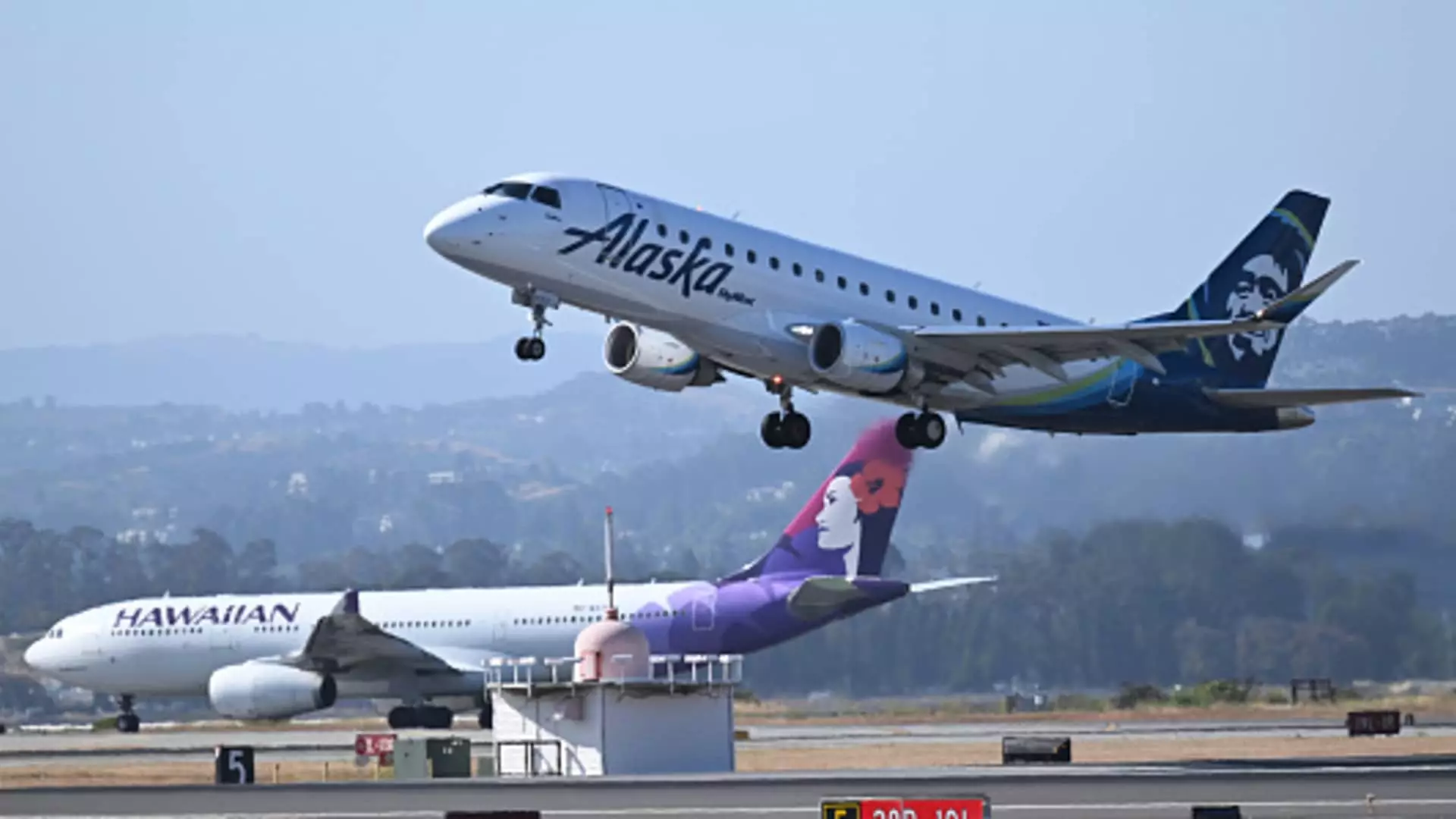Alaska Airlines has successfully navigated through the U.S. Justice Department’s regulatory investigation to acquire Hawaiian Airlines. This comes after an extensive period of examination where antitrust regulators reviewed the proposed $1.9 billion deal between the two carriers. The fact that no lawsuit was filed to block the deal indicates that the DOJ has given its stamp of approval to move forward with the acquisition.
While clearing the U.S. Justice Department hurdle is a significant milestone, the two airlines still need to secure approval from the U.S. Transportation Department before the deal can be finalized. The timeline for this approval process remains unclear, as it will depend on various factors. Once this step is completed, the merger will mark the largest consolidation of U.S. carriers since Alaska merged with Virgin America eight years ago.
Prior to reaching this stage in the acquisition process, Hawaiian Airlines had encountered numerous obstacles that impacted its operations. Challenges such as the Maui wildfires, heightened competition from Southwest Airlines, and the sluggish recovery of travel to and from Asia due to the Covid-19 pandemic posed significant challenges for the airline. Despite facing net losses in multiple quarters since the beginning of 2020, recent trends indicate a positive shift in booking patterns.
Following the announcement of the deal between Alaska Airlines and Hawaiian Airlines last December, Hawaiian’s shares experienced a surge of almost 12% this quarter, while other airlines saw a decline in their stock prices. This market response reflects investor confidence in the potential success of the merger. The combined fleet of more than 360 airplanes covering over 130 destinations demonstrates the scale and reach that the consolidated entity will have in the aviation industry.
The approval of Alaska Airlines’ acquisition of Hawaiian Airlines by the U.S. Justice Department marks a significant milestone in the consolidation of the U.S. airline industry. Despite facing challenges along the way, both carriers are positioned to benefit from the synergies created through this merger. Moving forward, securing approval from the U.S. Transportation Department will be the next critical step in finalizing the deal and realizing the full potential of this strategic partnership.

